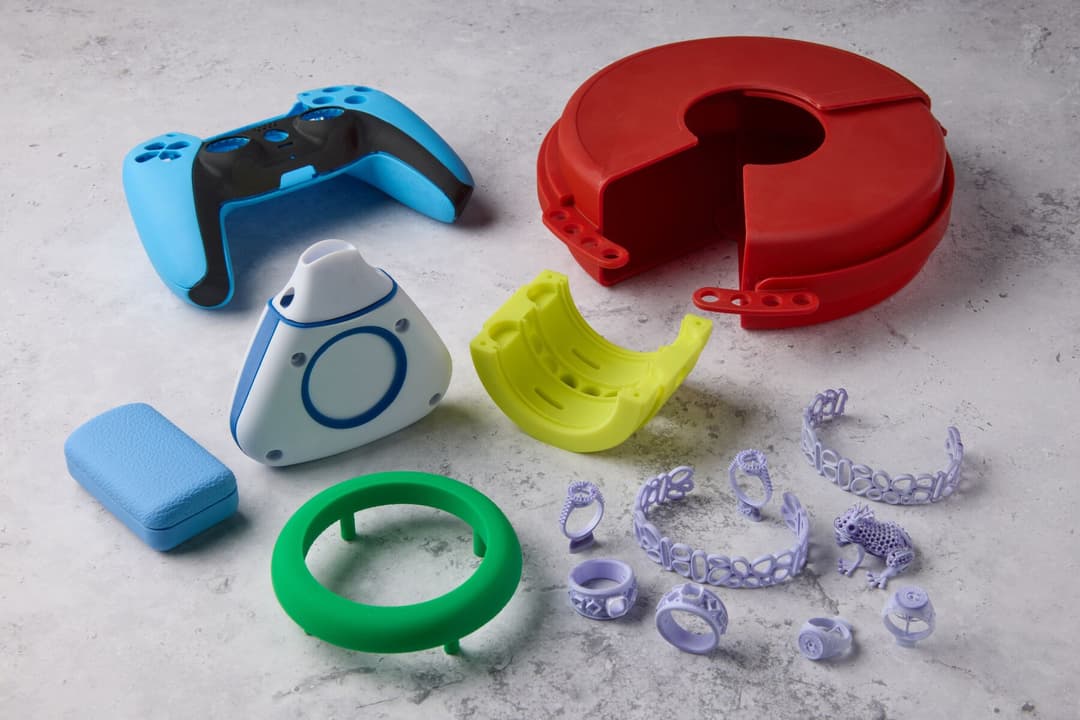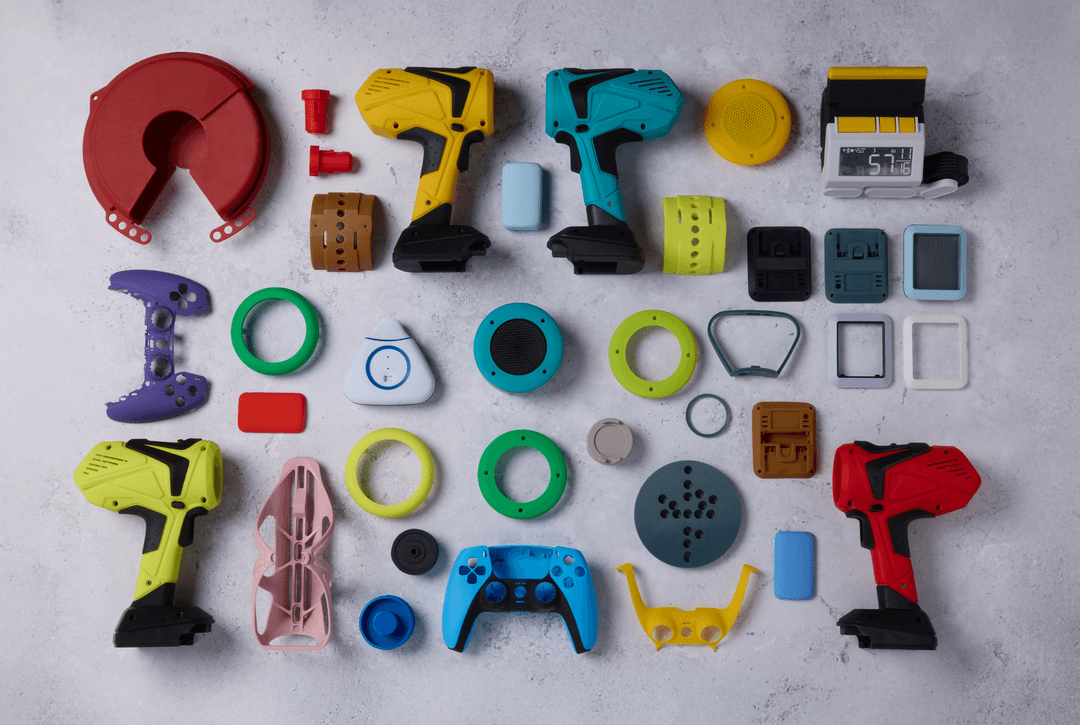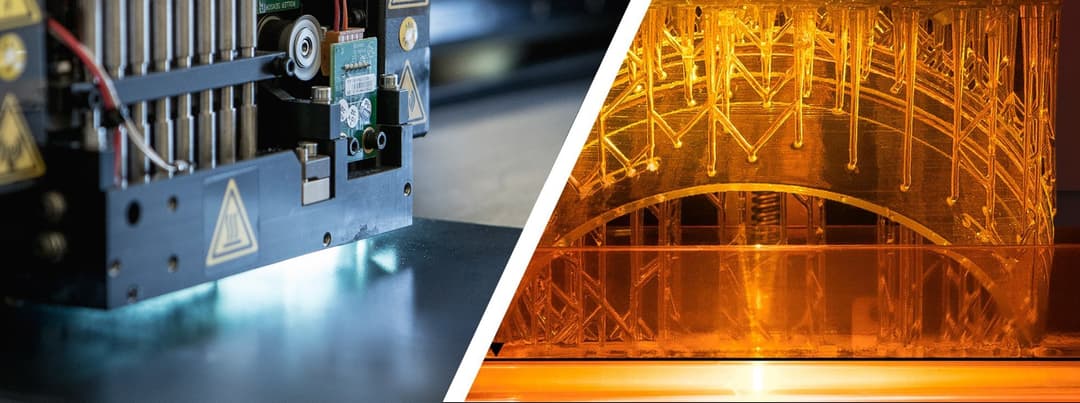Introducing the Next Generation in SLS 3D Printing: Fuse 1+ 30W for Superior Speed and High Performance Materials

When Formlabs began shipping the Fuse 1 selective laser sintering (SLS) printer, we knew that it would change the 3D printing landscape forever. Since 2020, Formlabs has sold more SLS printers than anyone else. Now, two years later, we’ve taken feedback from our thousands of users, and continued to build on the incredible success of the Fuse 1 by introducing the high-efficiency Fuse 1+ 30W SLS printer with print speeds up to two times faster than the previous generation.
Upgrades to the system include a new, more powerful laser and higher scanning speed, improved powder handling, and optional inert nitrogen environment. Fuse 1+ 30W users can increase their throughput, unlock new, high-performance materials, and deliver parts faster than ever.
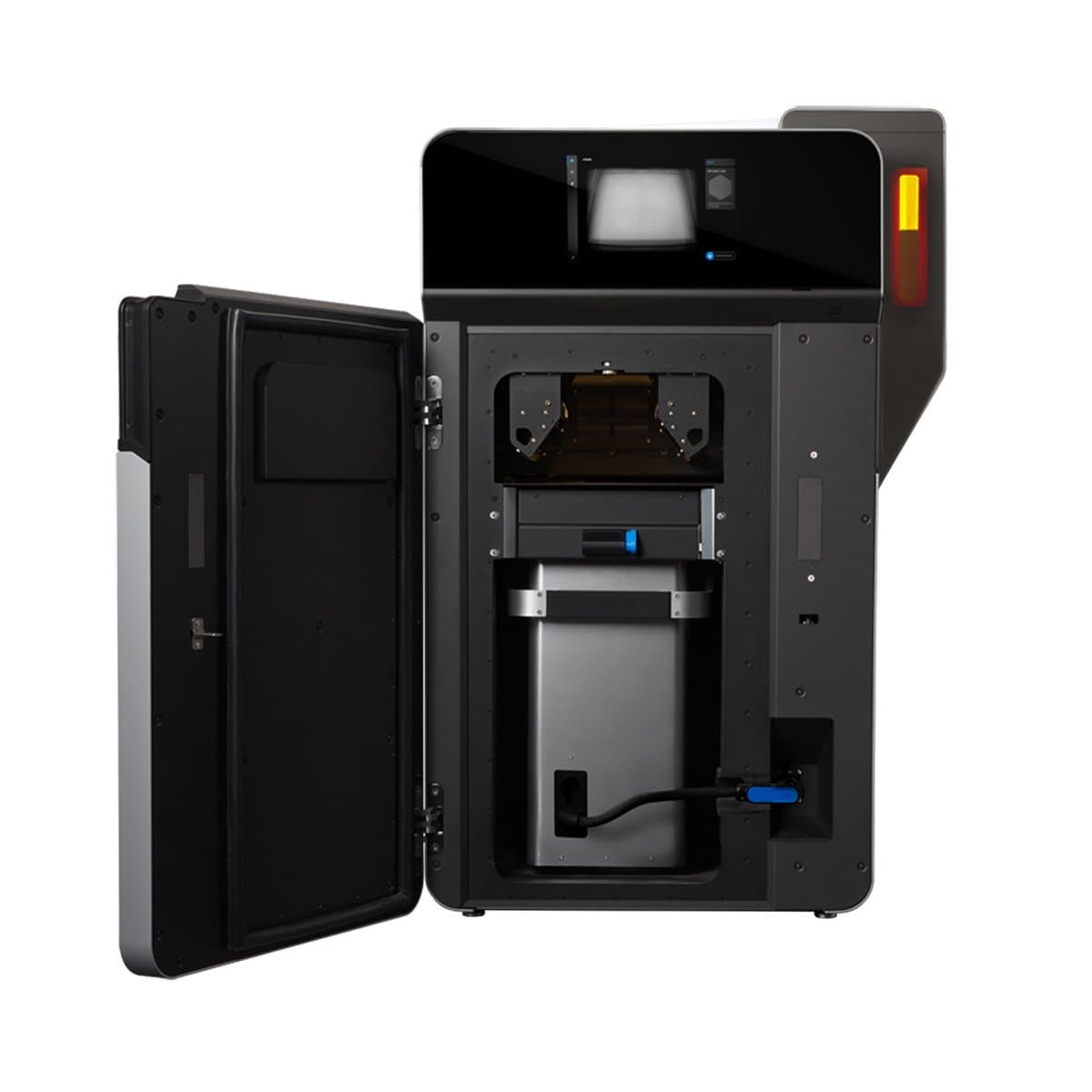
Rapid SLS Production of High Performance Parts With the New Fuse 1+ 30W
Discover how the Fuse 1+ 30W, our newest SLS 3D printer, and our new carbon-filled nylon 11 material enable engineers and manufacturers to deliver high-performance durable parts in-house. Chris Haid, SLS Product Manager at Formlabs, will walk you through our newest products and answer any questions during a live Q&A.
Prototypes in Hours, Not Days
Whether printing a single prototype, or running the printer non-stop for end-use production, speed is a top priority for every industry. To reduce overall print time, we started by upgrading the core engine of the printer—the Fuse 1+ 30W has a new, more powerful laser, as well as an updated laser scanning system. These two main updates ensure that interlayer printing is happening as rapidly and efficiently as possible.
Users can now design multiple versions, print them all on the Fuse 1+ 30W utilizing the upgraded packing algorithm, and have them ready to be tested the next day. In today’s market, products are highly specialized, and small components are often the entire focus of a designer or design team. Without other parts or projects to work on, time spent in the printer, or waiting multiple days for parts to arrive from a service provider, meant designers had to wait around before they were able to move the iterative process forward.
Now with the Fuse 1+ 30W’s higher print speeds, this ‘down time’ can happen overnight, helping designers improve the efficiency of their process. More iterations means more time for functional testing and feedback, resulting in better products and a faster ROI.
Print Speed Example: Bike Seat
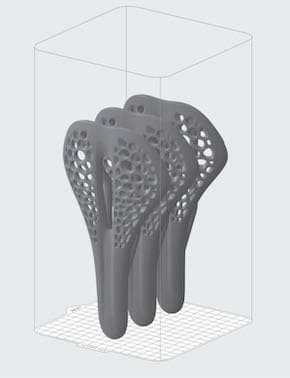
| Fuse 1 | Fuse 1+ 30W | ||
|---|---|---|---|
| Material | Nylon 12 Powder | Nylon 12 Powder | |
| Packing Density | 9% | 9% | |
| Model Material | 0.35 kg | 0.35 kg | |
| Layers | 2101 | 2101 | |
| Print Time | 18 h 22 min | 14 h 1 min | -24.00% |
Maximum Production Throughput
After several years of raw materials shortages, rising contractor costs, and factory shut-downs, manufacturers are searching for ways to take control of their supply chains. Recent materials innovations have made 3D printed end-use parts not only possible, but ideal for stop-gap options, validation stages, and customization applications.
Small and medium manufacturers can afford to bring SLS in house with the Fuse 1+ 30W printer in-house and reduce their reliance on expensive external contractors, as well as avoid delays and variability in the production supply chain. Large manufacturers that might already utilize SLS 3D printing can decentralize their 3D printing operation without duplicating the cost of their traditional SLS systems, giving more engineers, designers, and technicians access to industrial quality SLS. With that broader access, new applications in replacement parts, fixtures, jigs, tooling, and more are made possible across the company.
Print Speed Example: Shaft Coupling

| Fuse 1 | Fuse 1+ 30W | ||
|---|---|---|---|
| Material | Nylon 12 Powder | Nylon 12 Powder | |
| Packing Density | 58% | 58% | 0 waste printing |
| Model Material | 3.96 kg | 3.96 kg | |
| Layers | 2669 | 2669 | |
| Print Time | 66 h 19 min | 32 h 59 min | -52.20% |
Unlock Superior Mechanical Properties and Zero Waste Printing
3D printing for production wouldn’t be possible without high performance materials, and the Fuse 1+ 30W integrates two new features that unlock more advanced powder possibilities.
A new optional nitrogen supply feature creates an inert gas environment during the print process, eliminating unwanted oxygen from the sintering environment. When printed in this inert environment, parts exhibit less brittleness and better ductility, enhancing their suitability as end-use components, especially in rugged environments such as automotive or aerospace. Compatible nitrogen generators are widely available for purchase, and recommended models can be found by speaking with a member of our sales team.
The controlled atmosphere also enables a more efficient sintering process for Nylon 11 Powder and Nylon 11 CF Powder by better preserving unsintered powder from oxidation, allowing users to reuse more of it in the next printing cycle. This leads to a higher powder recyclability, and when combined with an optimal packing density, can create a zero-waste printing workflow. Without the inert gas atmosphere, Nylon 11 has a 50% refresh rate, meaning 50% recycled and 50% fresh powder must be used to create each new cartridge. In a nitrogen environment, this improves to 30%. An inert gas environment is necessary to print with Nylon 11 CF Powder to ensure optimal material performance and surface quality.
Refresh Rates Depending on the Printing Environment
| Nylon 11 Powder | Nylon 11 CF Powder | |
|---|---|---|
| Air | 50% | Not Recommended |
| Inert Gas | 30% | 30% |
The zero-waste printing workflow is not only a more sustainable option, but also means that every dollar spent on materials will directly convert to printed parts in most common production scenarios. Cost-savings, sustainability, and high-quality parts are now mutually inclusive with the Fuse 1+ 30W.
Upgraded Mixing Enables New Materials
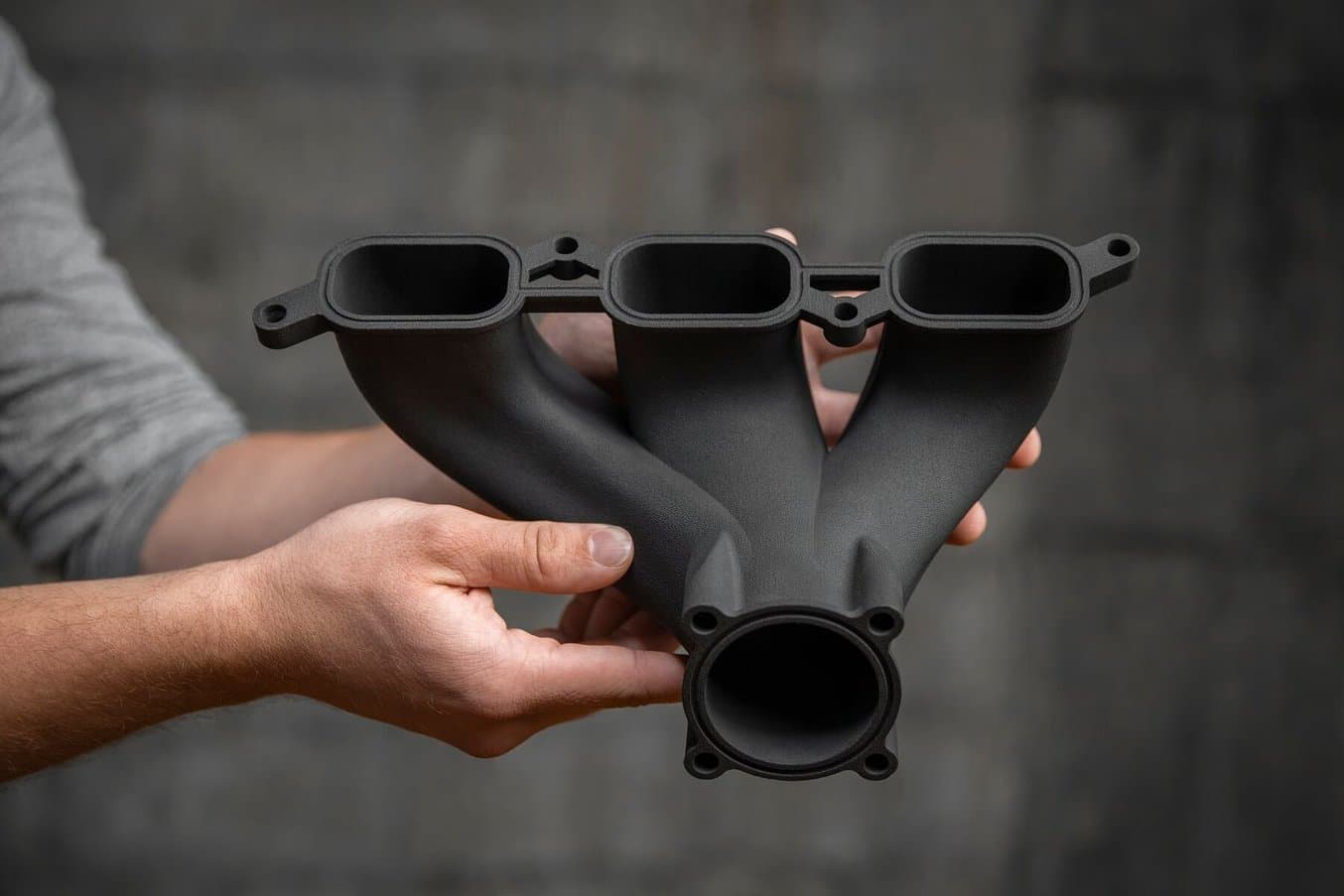
The Fuse 1+ 30W includes updated hardware that enables new materials, such as Nylon 11 CF Powder, a carbon-fiber reinforced material that allows users to produce stiff, strong, lightweight parts in-house.
Composite materials like Nylon 11 CF Powder owe their heightened strength and durability to the combination of carbon fibers throughout the powder, reinforcing the nylon’s material properties. Advanced materials require a more sophisticated powder handling system, one that can maintain the powder flow integrity during the dosing process.
The Fuse 1+ 30W engineering team designed an elegant solution to facilitate these new materials. The new agitator within the powder hopper creates a consistent, smooth delivery of material into the build chamber, enabling Nylon 11 CF Powder now, and opening up possibilities for future high performance materials in the future. Broader, end-use applications in aerospace, automotive, medical, and consumer goods industries will be made possible by the Fuse 1+ 30W printer’s improved powder management capacity.
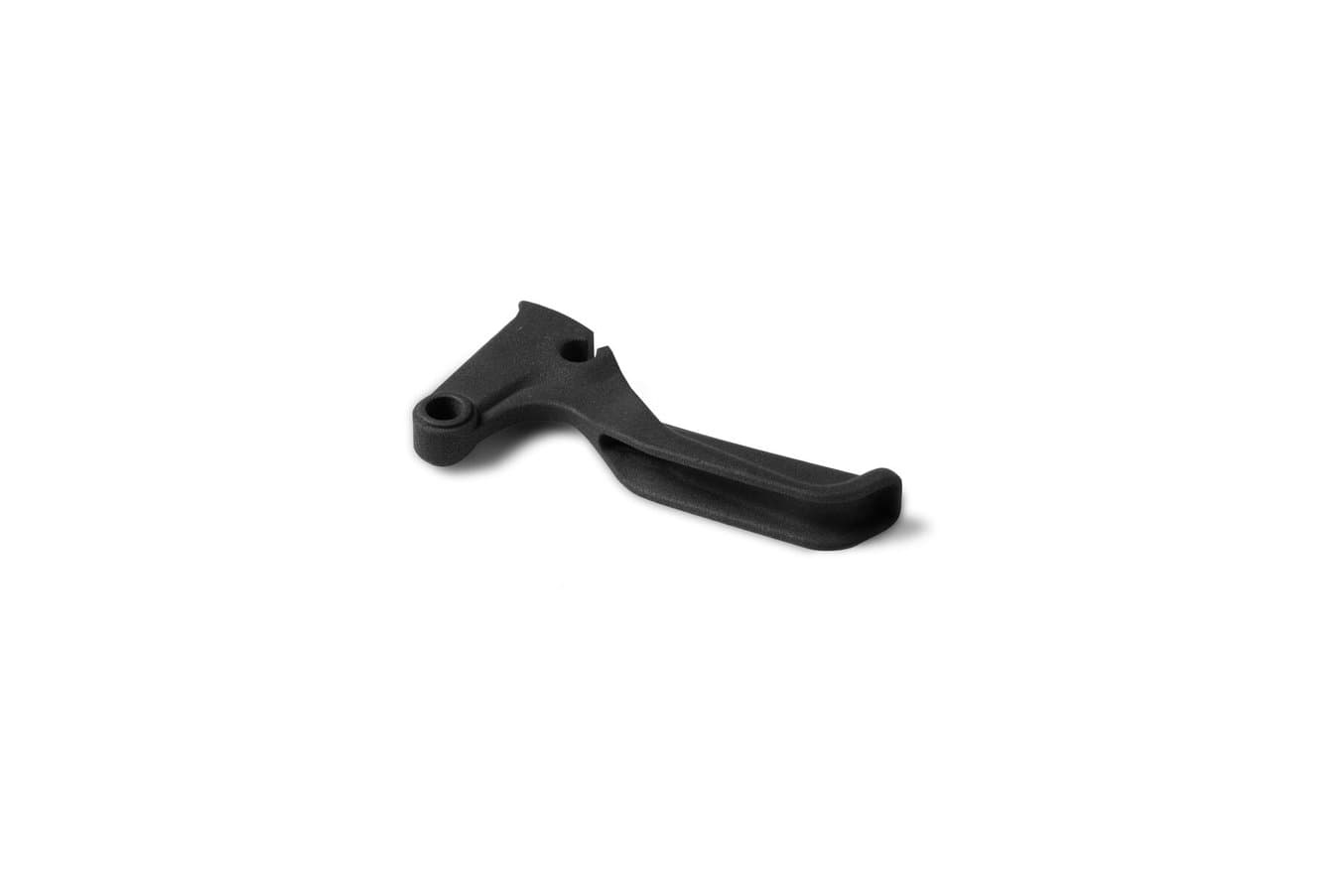
Request a Free Sample Part
See and feel Formlabs quality firsthand. We’ll ship a free sample part to your office.
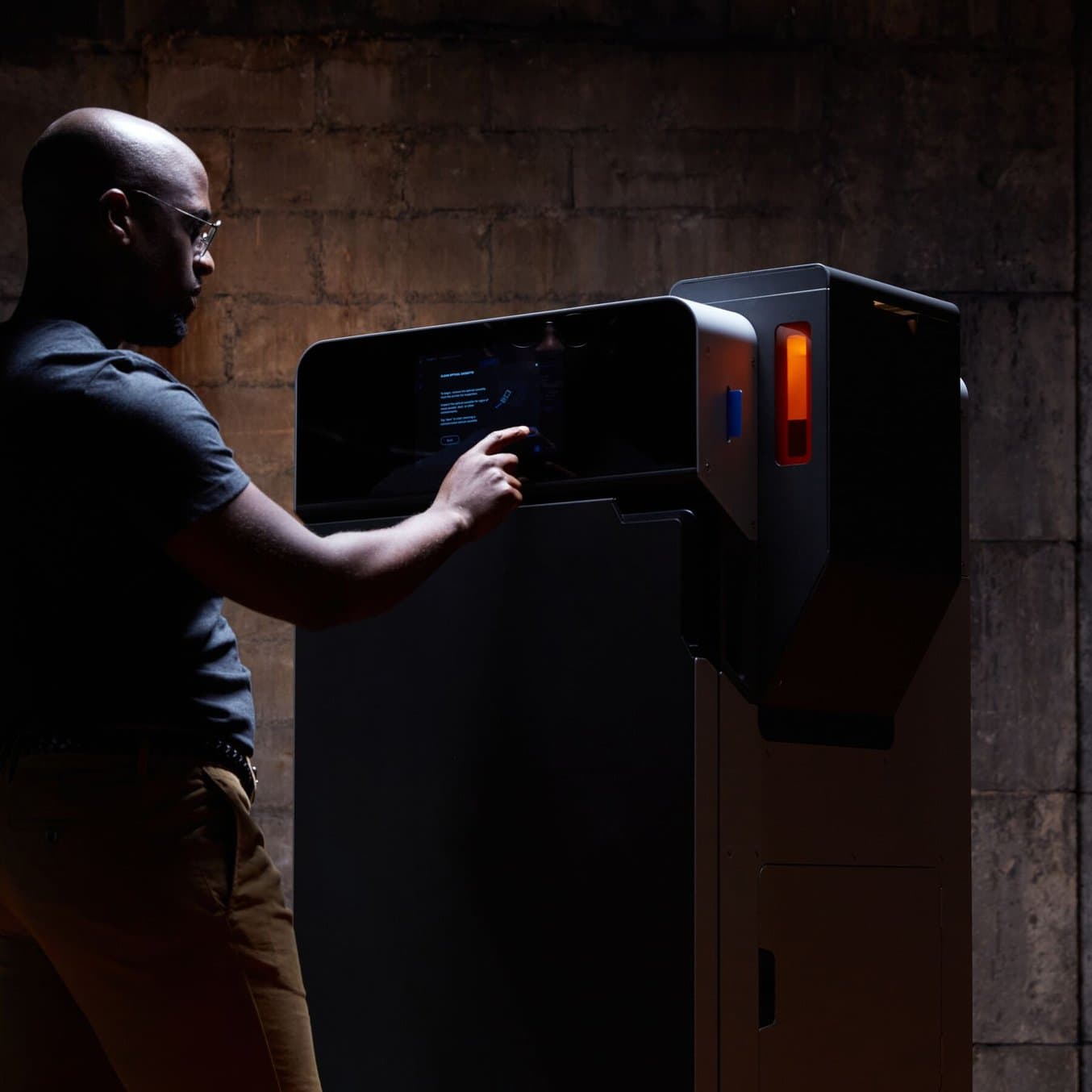
Outsourcing vs. In-House: When Does it Make Sense to Bring SLS 3D Printing In-House?
In this white paper, we evaluate the value proposition of bringing SLS 3D printers in-house, in comparison with outsourcing SLS parts from a service bureau.
End-to-End Solution for Low Cost Per Part and Fast ROI
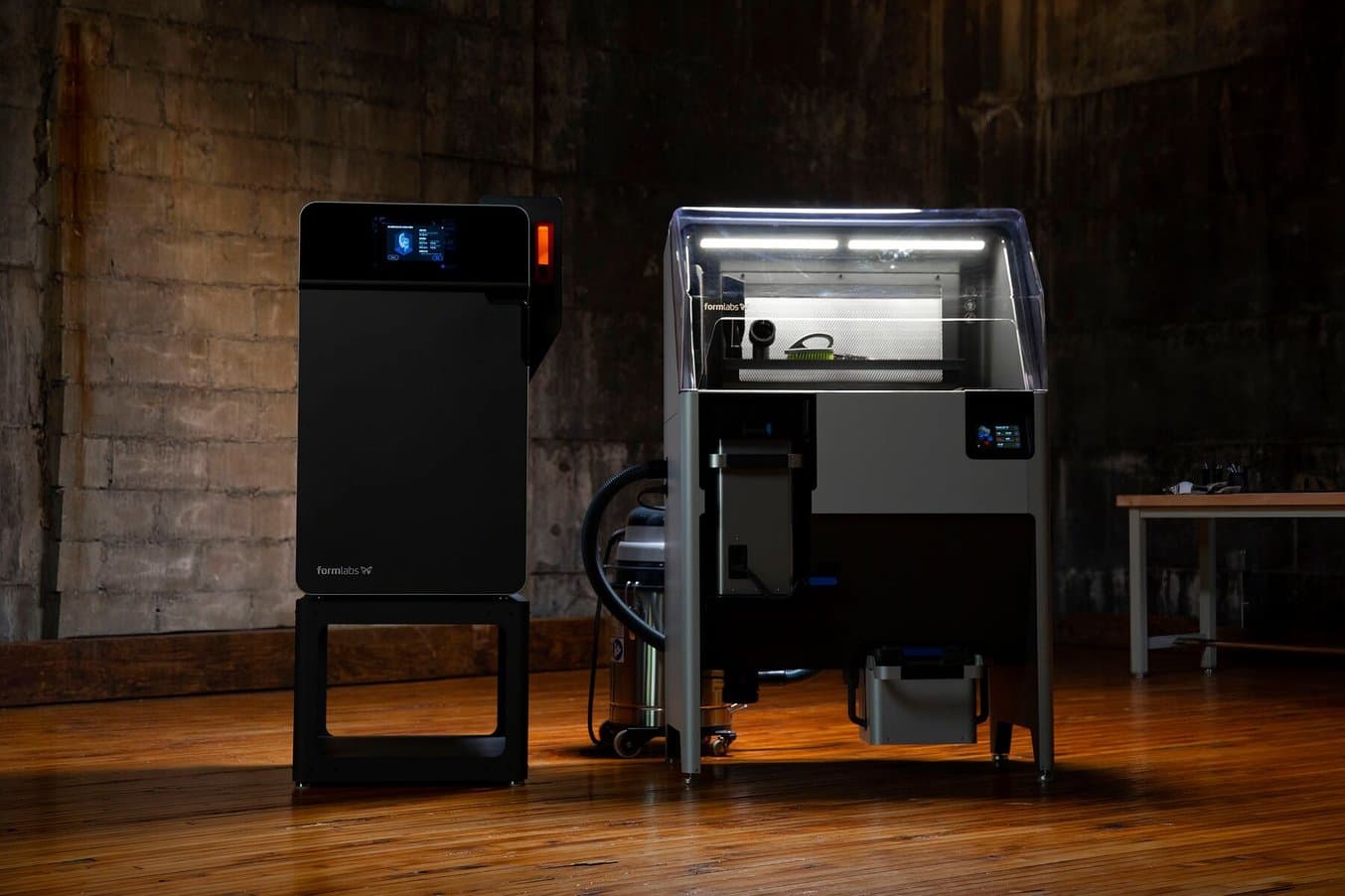
The Fuse 1+ 30W printer presents an industrial-quality solution with an accessible footprint and affordable entry price, allowing small to medium manufacturers to not only bring SLS in-house, but scale up production. Besides an affordable entry price point, the low cost-per-part, faster turnaround time, and streamlined workflow can also reduce overall manufacturing costs.
Lower refresh rates reduce the amount of new powder needed, and thus lower the ongoing consumables cost of the printer. This reduced spend, coupled with the higher number of iterations and production rounds, lead to a faster ROI for the printer. When compared with many manufacturers’ previous outsourcing costs, having a Fuse 1 series printer in-house can pay back the purchase price within a few months.
We looked at the cost of producing SLS parts in house when compared with outsourcing to an external contractor. We sent files to the top four service bureaus, and requested SLS parts, then took the average of their prices and delivery lead times. For the in-house printed parts, we used the Fuse 1+ 30W printer and Fuse Sift, assuming labor time cost $17/hour.
Prototyping: Automotive Manifold
Material: Nylon 12 Powder
Volume: 5 parts
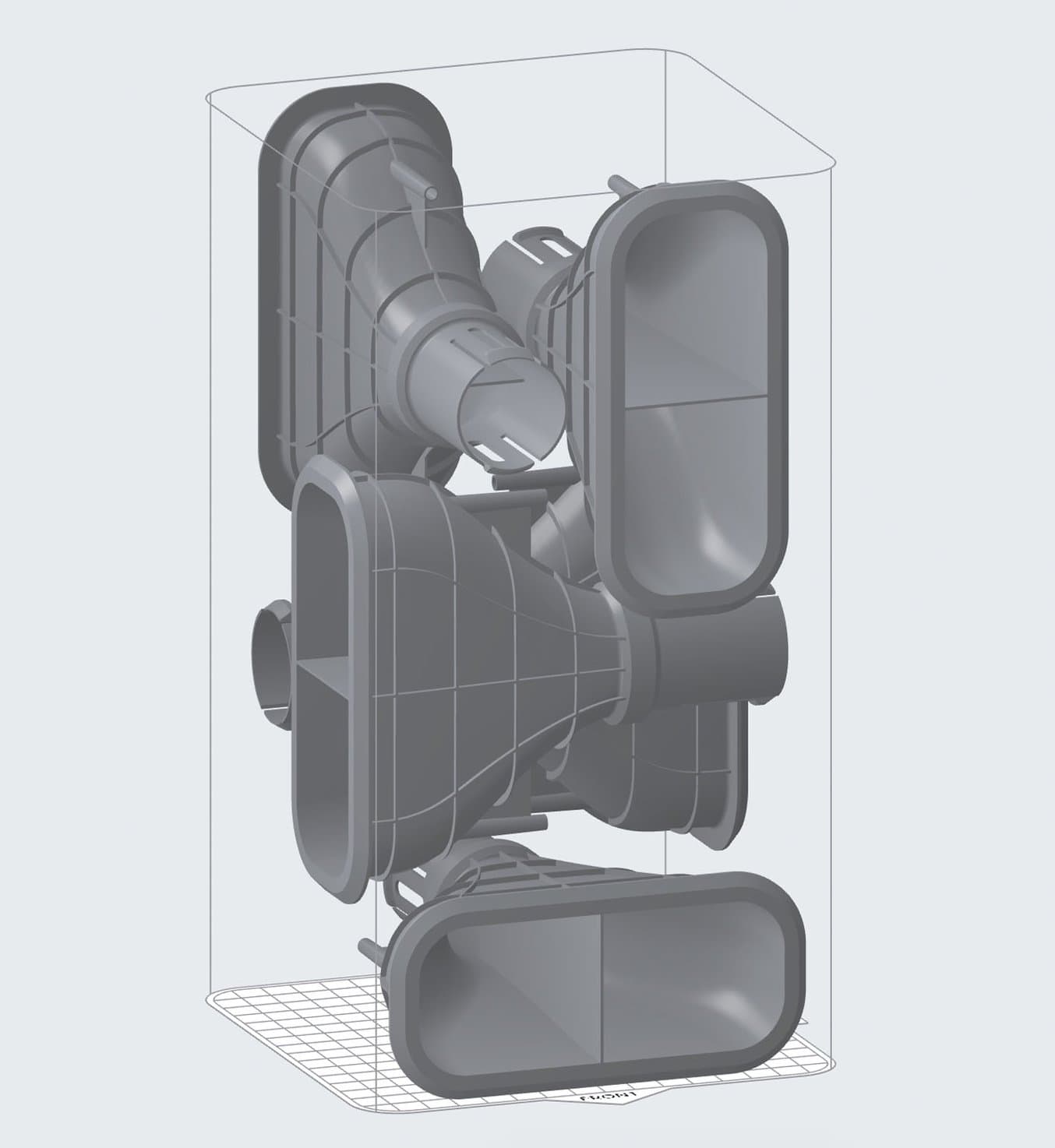
| Fuse 1+ in-house | Service Bureau SLS | |
|---|---|---|
| Print Time | 15 h 20 m | |
| Cooling+Sifting Time | 14 h 35 min | |
| Total Time | 29 h 55 m | 5-7 business days |
| Materials Cost | $31.00 | |
| Labor Cost | $14.11 | |
| Total Cost | $45.11 | $592.20 |

Part printed on the Fuse 1+ 30W in Nylon 12 Powder.

Part printed on a traditional industrial powder-bed fusion 3D printing system with an entry price point 6-10x higher than that of the Fuse 1+ 30W.
End-Use Production: Bike Pedal
Material: Nylon 12 Powder
Volume: 36 parts
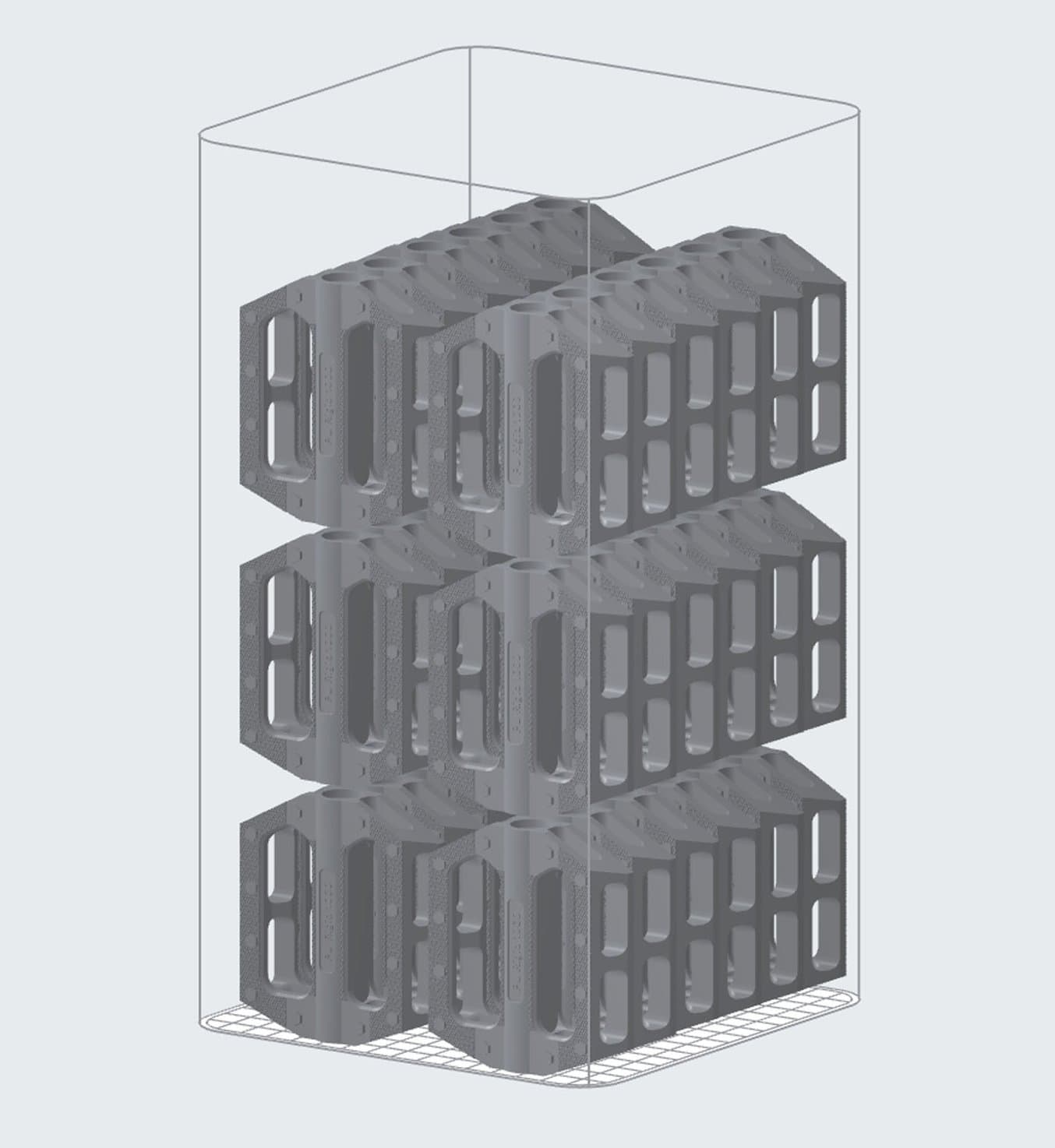
| Fuse 1+ 30W in-house | Service Bureau SLS | |
|---|---|---|
| Print Time | 13 h 52 m | |
| Cooling + Sifting Time | 16 h 52 m | |
| Total Time | 30 h 44 m | 7-10 business days |
| Materials Cost | $183.00 | |
| Labor Cost | $51.00 | |
| Total Cost | $233.00 | $1,431.36 |
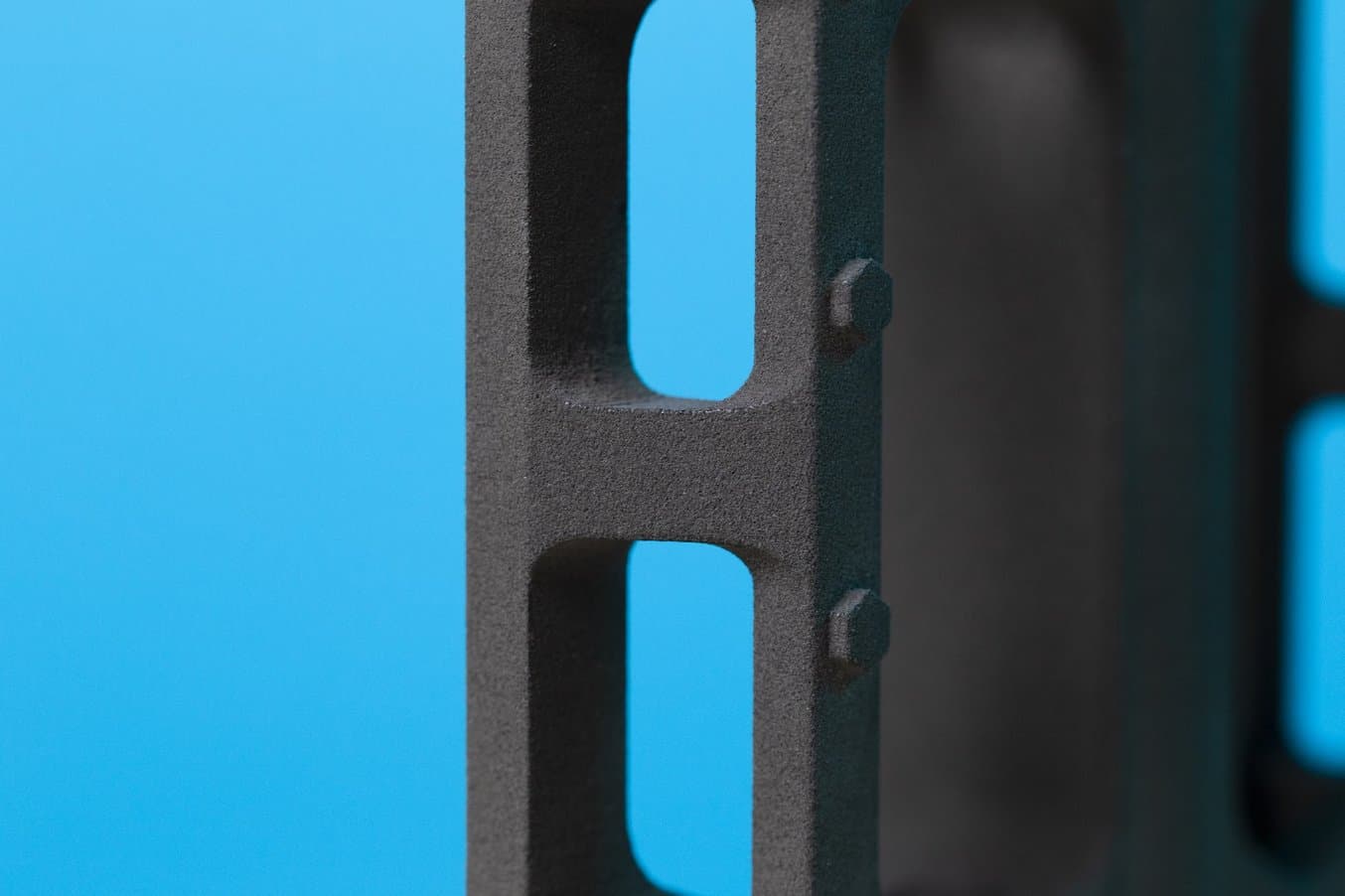
Part printed on the Fuse 1+ 30W in Nylon 12 Powder.
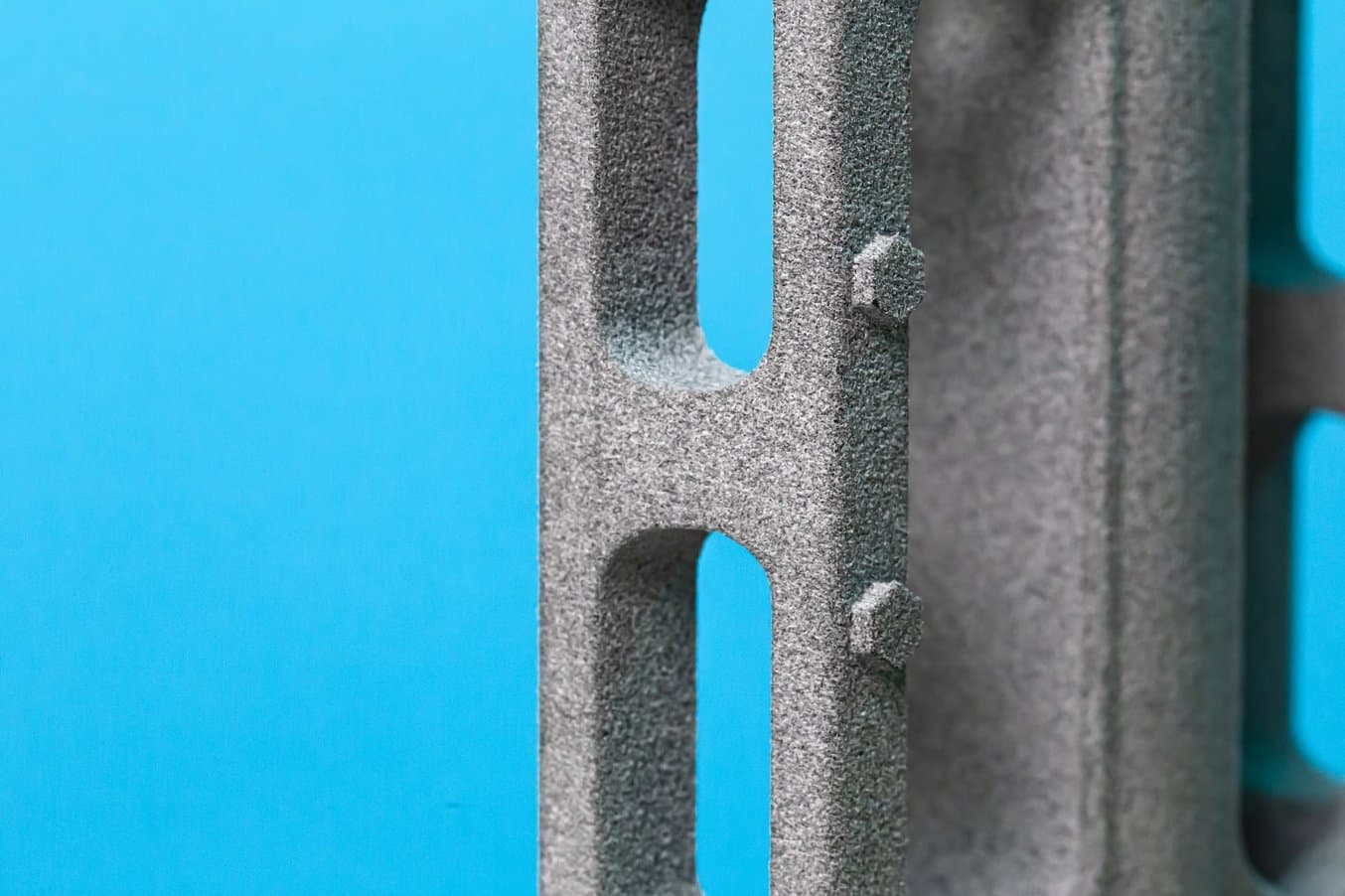
Part printed on a traditional industrial powder-bed fusion 3D printing system with an entry price point 6-10x higher than that of the Fuse 1+ 30W.
For both prototyping and production runs, in-house 3D printing with the Fuse 1+ 30W printer delivered high quality parts with shorter turnaround times, facilitating a more intensive iterative process for prototypes or greater throughput for production. Current Fuse 1 customers who were previously outsourcing are reporting an average return on the purchase price of the printer of 3-4 months for prototyping cases, and six to seven months for production runs.
The Fuse 1+ 30W SLS printer builds on the success of its previous iteration, taking the streamlined workflow, high accuracy, and accessible format of the Fuse 1, and leveling up the throughput possibilities with improvements to speed and powder handling.
